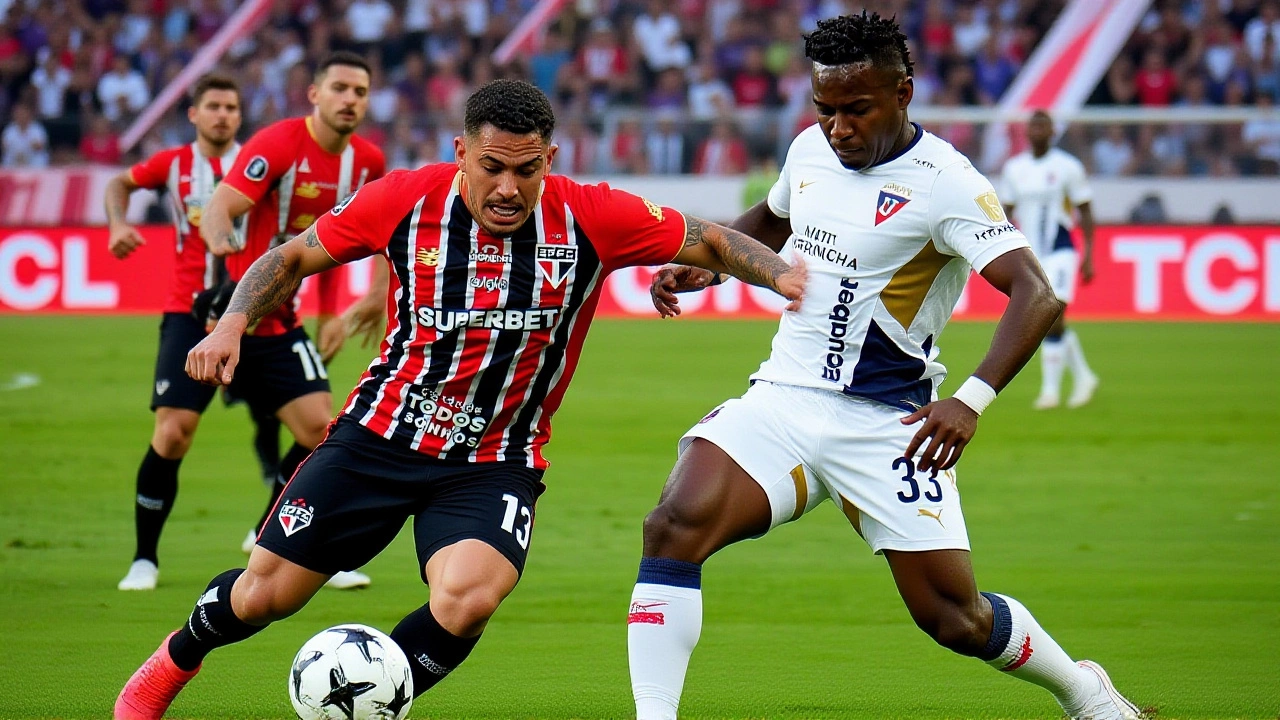Copa Libertadores: What Every Fan Needs to Know
If you’ve ever wondered why South America’s clubs get such a frenzy, it’s because of the Copa Libertadores. It’s the continent’s answer to Europe’s Champions League, and it packs drama, travel, and fierce rivalries into each round.
First played in 1960, the tournament began as a showdown for the best clubs from Uruguay, Paraguay, Chile, Argentina, and Brazil. Over the decades it grew to include 10‑plus nations, turning into a true showcase of Latin‑American talent. Legends like Pelé, Maradona, and Messi have all left their mark on its history, making the trophy one of the most coveted in world football.
How the Competition Works
The current format features a group stage followed by knockout rounds. Thirty‑two teams are split into eight groups of four, playing home‑and‑away matches. The top two from each group move on to the round of 16, then quarter‑finals, semis, and the grand final.
Since 2019 the final is a single match at a neutral venue, similar to the European model. This change adds a splash of ceremony – often a stadium in a different country that can handle a massive, travelling fan base.
Big Teams, Big Stories
Clubs like Boca Juniors, River Plate, Peñarol, and São Paulo dominate the winners list. Boca alone has clinched the title six times, while River’s recent 2018 win sparked a massive showdown with Boca in a dramatic final that went to penalties.
For newer fans, keep an eye on clubs such as Palmeiras and Flamengo. Both have won multiple titles in the last few years and consistently bring star players to the competition.
Want to follow the action? Most matches are streamed through local broadcasters like ESPN Latin America, Globo, and international sports services. If you’re outside the region, platforms such as fuboTV or DAZN often carry the games. Check the schedule early – games can be on Tuesdays, Wednesdays, or Thursdays, and kickoff times shift with daylight savings.
When you watch, don’t just focus on the final score. Look for the tactical twists that South American coaches love: quick transitions, aggressive pressing, and moments of individual brilliance. These features make Copa Libertadores a unique viewing experience compared with European competitions.
Traveling fans get a treat, too. The stadium atmosphere is electric – drums, chants, and colourful banners fill the stands. If you ever get a chance to attend a match in Buenos Aires or Montevideo, be ready for the heat, the noise, and the passion that can turn a simple game into a lifelong memory.
In short, the Copa Libertadores is more than a tournament; it’s a cultural event that unites nations, showcases talent, and creates stories that last decades. Whether you’re a casual viewer or a die‑hard supporter, knowing the basics – history, format, top clubs, and where to watch – gives you a front‑row seat to South America’s football drama.
